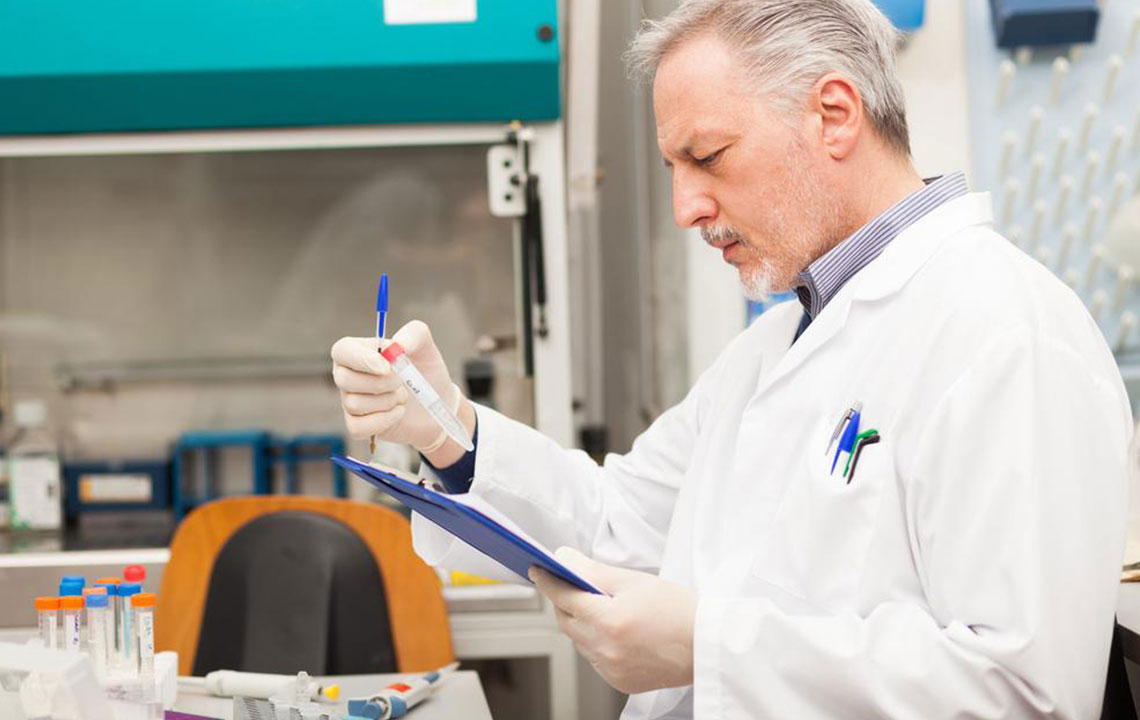Understanding the Health Dangers of Secondhand Smoke and How to Protect Yourself
This comprehensive article explores the serious health risks associated with secondhand smoke exposure. It highlights the toxic chemicals present in cigarette smoke, the difficulty in eliminating residual toxins from indoor environments, and the elevated health risks faced by vulnerable populations, especially children and pregnant women. The article emphasizes the importance of strict no-smoking policies and awareness efforts to protect public health effectively. By understanding the dangers of secondhand smoke, individuals and communities can adopt measures to reduce exposure and promote healthier living spaces for everyone.

The Hidden Hazards of Secondhand Smoke and Its Impact on Health
Secondhand smoke, also known as passive smoke or environmental tobacco smoke (ETS), represents a significant health hazard that often goes unnoticed. While many individuals are aware of the dangers of cigarette smoking, fewer realize that exposure to the smoke exhaled by others or emitted from burning tobacco can be equally harmful. This harmful mixture contains thousands of chemicals, many of which are recognized carcinogens, and poses serious health risks to everyone, especially vulnerable populations such as children, pregnant women, adults with pre-existing health conditions, and the elderly.
The presence of secondhand smoke is pervasive in many environments, including homes, workplaces, restaurants, and public spaces. Despite efforts to improve ventilation or open windows, the harmful chemicals in cigarette smoke tend to linger for hours, settling onto surfaces and embedded in fabrics or furniture. This means that even if direct smoking isn't occurring at a given moment, the residual toxins can continue to affect indoor air quality and pose health threats. The best way to prevent exposure is to implement strict no-smoking policies in enclosed spaces, creating a safer environment for all occupants.
Research shows that secondhand smoke contains approximately 4,000 chemicals, including at least 50 carcinogens known to cause cancer in humans. Interestingly, studies reveal that secondhand smoke has higher concentrations of nicotine and tar than the smoke inhaled directly by smokers, amplifying its harmful effects. The chemical-laden smoke clings to surfaces and objects, making passive exposure possible even when no active smoking is happening. This situation underscores the importance of awareness and proactive measures to safeguard public health.
Health Impact of Secondhand Smoke Exposure
Exposure to secondhand smoke poses serious health risks that are well-documented by health authorities worldwide. It's particularly perilous for certain groups, including children, pregnant women, seniors, and people with existing respiratory or cardiovascular conditions. Children are especially vulnerable because their respiratory systems are still developing, and they breathe more air relative to their body size. This increased exposure heightens their risk of respiratory infections, asthma, and bronchitis. Similarly, pregnant women exposed to secondhand smoke may face complications, including risks of miscarriage, premature birth, and developmental issues in babies.
Common symptoms among those exposed include eye irritation, sore throats, headaches, coughing, and nausea. Prolonged or frequent exposure can lead to more severe health problems such as lung cancer and heart disease. Evidence also suggests that consistent secondhand smoke exposure increases the risk of reproductive issues and even breast cancer before menopause in women. For nonsmokers, avoiding environments with secondhand smoke is critical to maintaining optimal health and reducing long-term disease risk. Creating smoke-free zones is an effective strategy that benefits everyone, especially children and vulnerable populations.
Beyond individual health, secondhand smoke contributes to broader public health concerns by increasing healthcare costs, burdens on medical systems, and the overall decline in community health standards. Communities and workplaces implementing strict no-smoking policies contribute substantially to reducing exposure risks, promoting healthier living environments, and safeguarding future generations from preventable illnesses. Educating the public about the dangers associated with secondhand smoke remains a vital step in fostering smoke-free lifestyles and environments.





